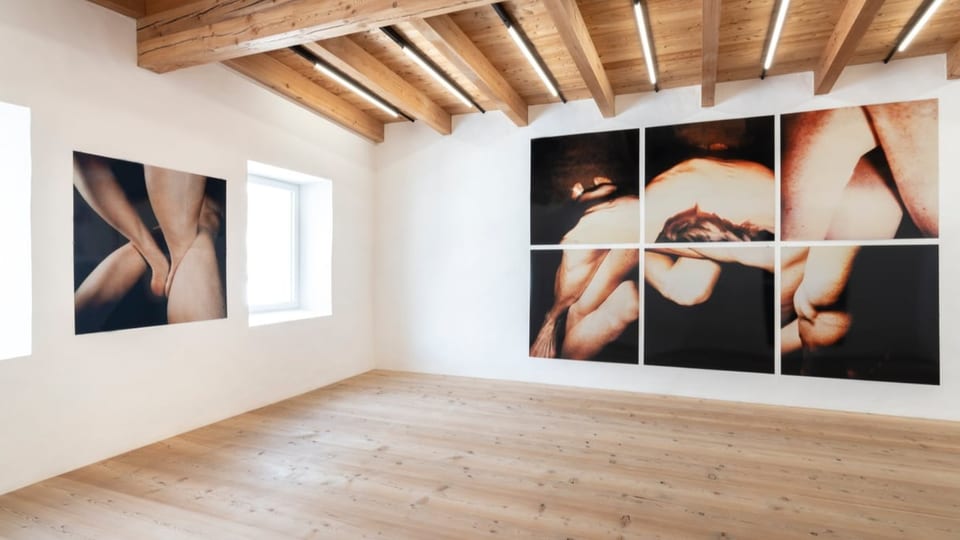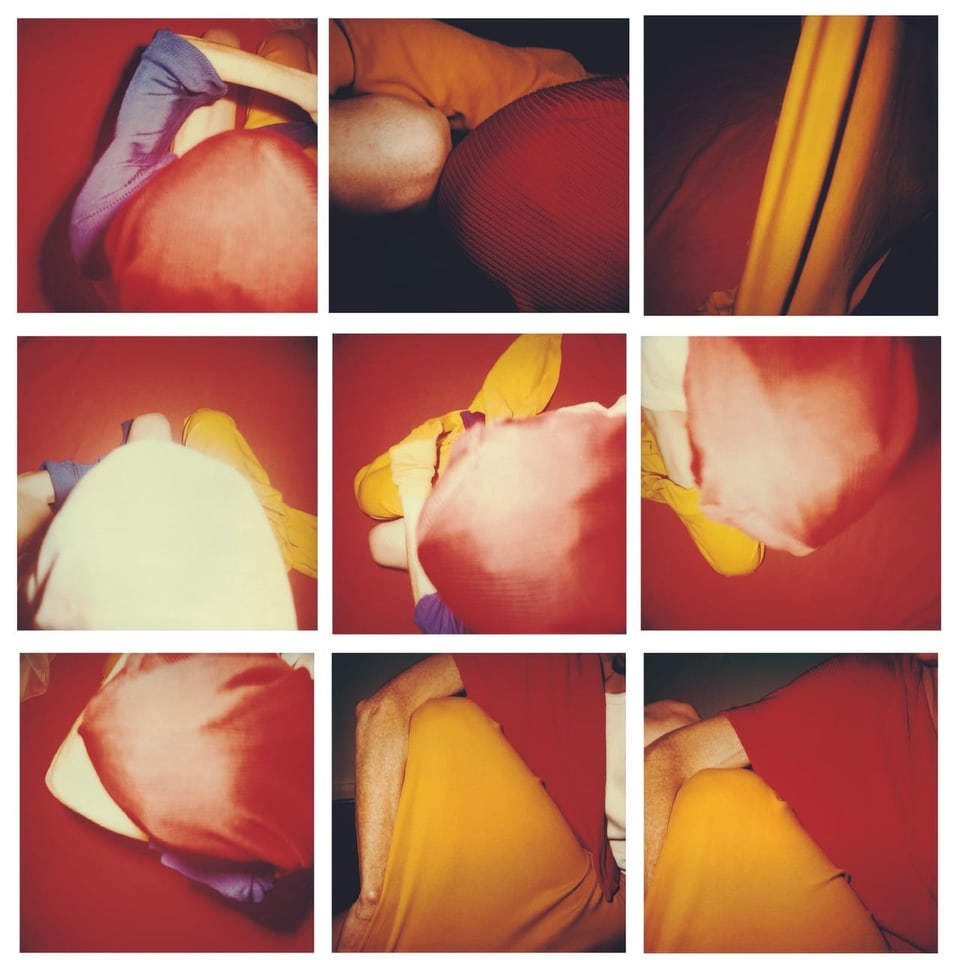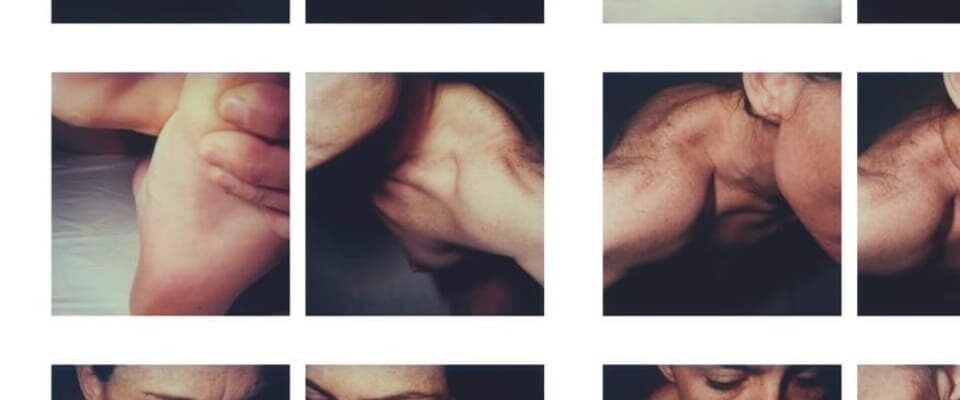contents
The Swiss artist Hannah Villiger photographed her body again and again in the 80s and 90s. A new exhibition shows: In her work she anticipated what is everyday life in the age of smartphones, selfies and social media.
“Hannah Villiger: Amaze Me” is the title of the exhibition in the Lower Engadine Muzeum Susch, based on an entry in the artist’s diary: “étonne moi” – surprise, overwhelm me.
“It’s actually what the works do to us viewers,” says co-curator Madeleine Schuppli. Together with Yasmin Afshar, she has put together the largest retrospective of Hannah Villiger’s work in over a decade at the Muzeum Susch.
Sculptures made from polaroids
Hannah Villiger, the trained sculptor, described her works as sculptures and her body as a “sculptural object”.
“Somehow she always remained a sculptor,” says Schuppli. “She works with the material of her body in a strong three-dimensional way. She tries to capture the volume of the body, of the limbs.» Instead of using a hammer and chisel, she formed her sculptures with a Polaroid camera.
Legend:
With her photographs, the artist Hannah Villiger showed the body in relation to one’s own identity.
Foundation The Estate of Hannah Villiger / Kunstmuseum Luzern
What fascinated her about this medium was the immediate. “She let film after film through until she finally decided on a picture,” Schuppli describes Hannah Villiger’s working method. She rotated and combined the selected Polaroids as she wished before finally having them enlarged: the body fragments depicted thus became a new entity.
Away from the ideal of beauty
It wasn’t about her own body. She wanted to reach a general level: “My body becomes any body because of the many photographs,” said Hannah Villiger. She wanted to make true, not aesthetic statements.

Legend:
In her photographs, Hannah Villiger also deals with the skin as the interface between the inner and outer world.
The Estate of Hannah Villiger /J. Herzog & P. de Meuron cabinet
She was just as uninterested in classic portrait photography as she was in traditional ideals of female beauty. Rather, Hannah Villiger tried to get to the bottom of the body structures, Madeleine Schuppli suspects. “Your work has something close, also something sensual – and at the same time something cool, distant.”
A pioneer rediscovered
During her lifetime, Hannah Villiger was quite successful with her work. Her works have been shown at numerous exhibitions in Switzerland and throughout Europe, including in the Swiss Pavilion at the Sao Paolo Biennial in 1994.
She died of heart failure in 1997 at the age of 45. Up until shortly before her death, she created Polaroids that – as Hannah Villiger wrote – “redeem everything that seems important to me more efficiently.”

Legend:
Photographs shortly before her death in 1997: Villiger’s self-documentation is more relevant than ever in times of self-portrayal on social media.
Foundation The Estate of Hannah Villiger / Kunstmuseum Luzern
Schuppli thinks now is exactly the right time to rediscover her work. «She advances topics that we are very much concerned with in society today: the view of the female body. The woman who decides for herself how she wants to show her body. The self-empowerment of looking at yourself.»
If you didn’t know when Hannah Villiger’s photographic sculptures were created, you would think they were a work of our time.
SRF 1, daily news, January 3rd, 2023, 7:30 p.m.
